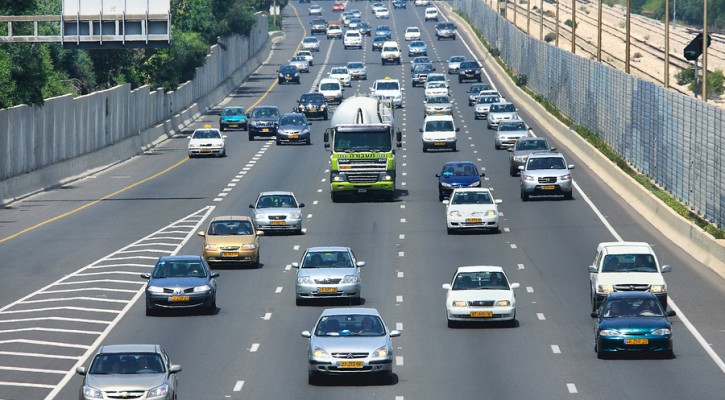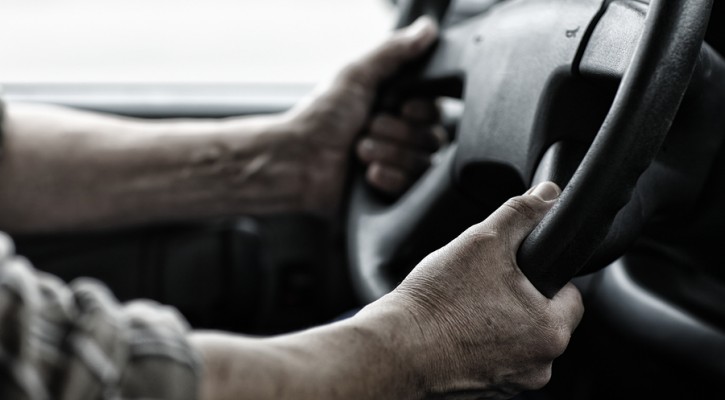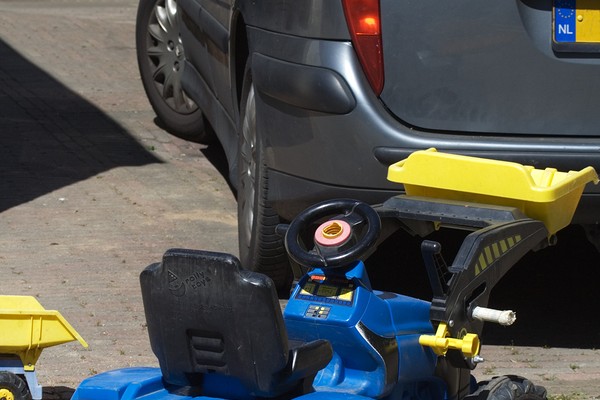
Trucking 8th Deadliest Occupation
March 31, 2014
The trucking industry has seen a drop in fatalities. Great news! However, trucking is still a member of the top ten deadliest occupations, ranking in at #8 behind power line workers.
So, what does this mean? Well, in 2012 there were a total of 741 drivers killed on the job, and the truck driver fatality rate was 6X the national average. Considering all the hazards of long hours, constant travel, distracted drivers, inclement weather and unhealthy food options, it’s no wonder that truckers have a high ranking on the deadly occupations list. However, new local policies are cracking down on distracted driving, especially texting while driving, and new regulations in the trucking industry may help alleviate some of these dangers.

Lolly Hailed as School Bus All-star
March 24, 2014
Meet the Lebron James of school bus driving: Kathleen “Lolly” Smith. She’s trained hundreds of school bus drivers, won numerous awards and exemplified school bus safety for the past 40 years. Read her full story here:

Trucker Health on the Long Haul
March 21, 2014
According to the CDC (Centers for Disease Control and Prevention), the average life expectancy for a truck driver is 16 years less than the national average. With poor food options, long driving hours, erratic sleep patterns and little chance for exercise, it’s really no surprise that truckers are suffering from certain health problems.
However, these health issues are far from impossible to overcome. Though the occupation has its obstacles, a healthy lifestyle is easily within reach when we understand the common conditions and causes of early deaths in the trucking industry.
Sleep Deprivation. The FMCSA (Federal Motor Carrier Safety Administration) recently passed stricter regulations on hours-of-service for truck drivers. While the extent of these regulations is highly controversial, everyone agrees that truckers need to get sufficient sleep to drive safely. Without a good six hours of deep sleep, cognitive abilities suffer and health risks greatly increase. Sleep deprivation has been linked to a variety of chronic diseases such as hypertension, diabetes, depression and obesity. A lack of sleep also contributes a weaker immune system, which in turn increases the risk of cancer, among other diseases and viruses. While the debate on the federal level rages on, truckers and their employers can discuss trip planning and work strategies to ensure a good night’s rest. An investment in a good mattress or tempurpedic mattress topper isn’t a bad idea either.
Sleep Apnia. According to a study done by Virginia Tech Transportation Institute, 25% of drivers are at risk of developing sleep apnia. Sleep apnia is a chronic condition which causes breathing problems while you sleep, resulting in a poorer quality of sleep and excessive daytime drowsiness. Sleep quality is extremely important, and a good, deep sleep is required to get the health benefits drivers need. In fact, drivers with sleep apnia are 4.6 times more likely to cause an accident. This condition often goes unnoticed because the person only experiences the breathing problems while asleep. It is a common problem for people who are overweight, and can increase the risk of high blood pressure, heart attack, stroke, obesity and diabetes, as well as work-related accidents. For more information on diagnosing and treating sleep apnia, visit http://www.nhlbi.nih.gov/health/health-topics/topics/sleepapnea/.
Lack of Exercise. A change in the sedentary lifestyle will drastically improve health across the board. The two previous health issues listed (sleep deprivation and sleep apnia) are both problems that could be related to a general lack of exercise. Besides sleeping problems, lack of exercise also contributes to obesity, heart disease and work-related injuries. Obviously, spending 14 hours on the road eating truck stop food is not the best way to prepare for the labor-intensive work of loading and unloading heavy cargo. There are plenty of exercise routines that are easy to do on the road, and even in the sleeper of the truck. Things like push-ups, crunches and squats don’t require much room at all, and provide both muscle-building and cardiovascular benefits. Just 15 minutes of exercise a day is enough to improve overall health, and also contributes to stimulated brain activity and a better mood. When truckers are home with their families, an active lifestyle of walking, hiking, playing sports or swimming is also a great way to get more exercise.
Poor Diet. Much like exercise, food is one of those things that affects every other aspect of your health. However, fast food and truck stops usually don’t offer any beneficial edibles – and in fact, most of the food you’ll find at these places is downright poisonous. All the sodium and corn-syrup laden choices offered are a big reason the majority of America is suffering from obesity, diabetes and heart disease. If your truck has a small refrigerator, then stop at the grocery store and stock up on real food and make yourself some real home-cooked meals. It doesn’t necessarily have to be diet food, either. A home-cooked hamburger is still much healthier and leaner than the corn syrup-injected sodium-lathed stuff you’d find at a McDonald’s. Go healthier by choosing leaner ground beef, stuffing it full of garlic, peppers and onions, topping it with a mountain of lettuce and then serving it on a whole wheat bun. For the fridge-less, there are still plenty of options at the grocery store, including beans and rice, peanut butter and jelly, and fruits and vegetables. Don’t forget a nice, big bag of mixed nuts for snacking.
So there you have it. It’s simple, really: Eat good. Exercise daily. Sleep well. Oh, and drive safe!

Backup Cameras Not 100% Effective
March 20, 2014
A report released last week showed surprising results when testing backup cameras and parking sensors. In the experiment, 56% of drivers with backup cameras hit a child-sized object that was placed behind their cars, while parking sensors helped just 1 out of 16 drivers avoid a crash. Drivers who had both the camera and the sensors were actually more likely to hit the object than those with a backup camera only, most likely due to a sense of false security. However, the all of the drivers without technology hit the object.
This study shows that technology is improving safety, although there is still a long way to go. An estimated 292 people are killed and 18,000 injured each year by drivers backing up, usually young children and elderly in driveways and parking lots.
